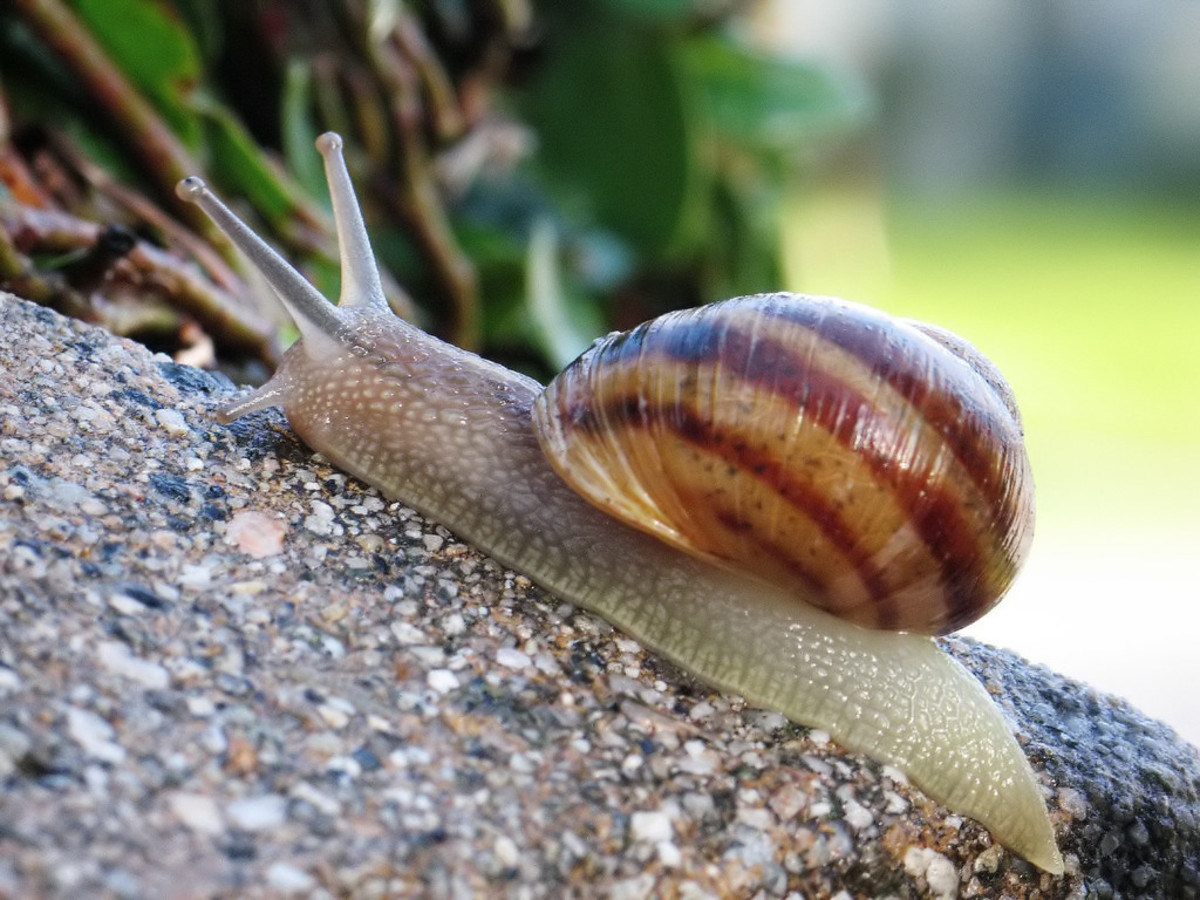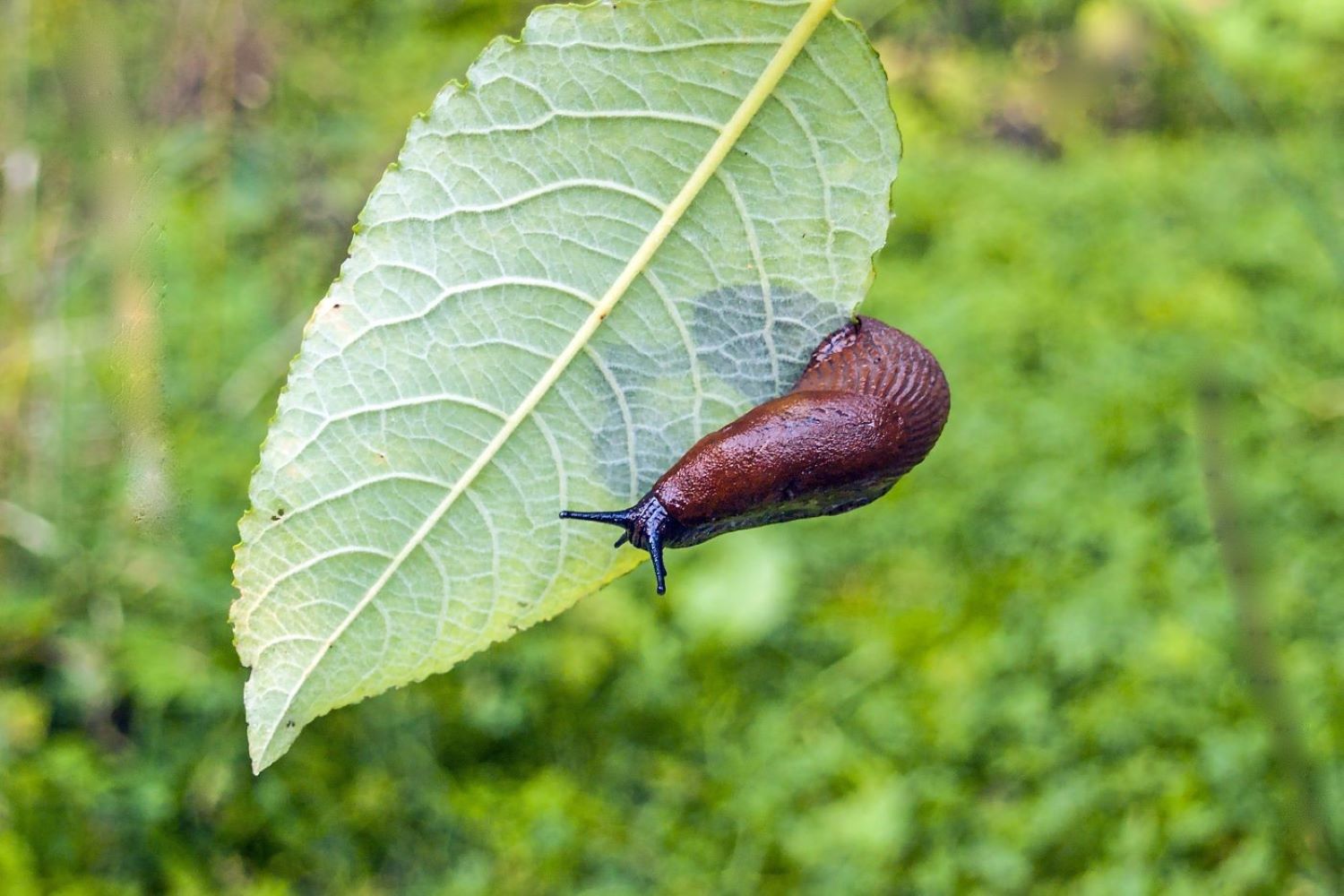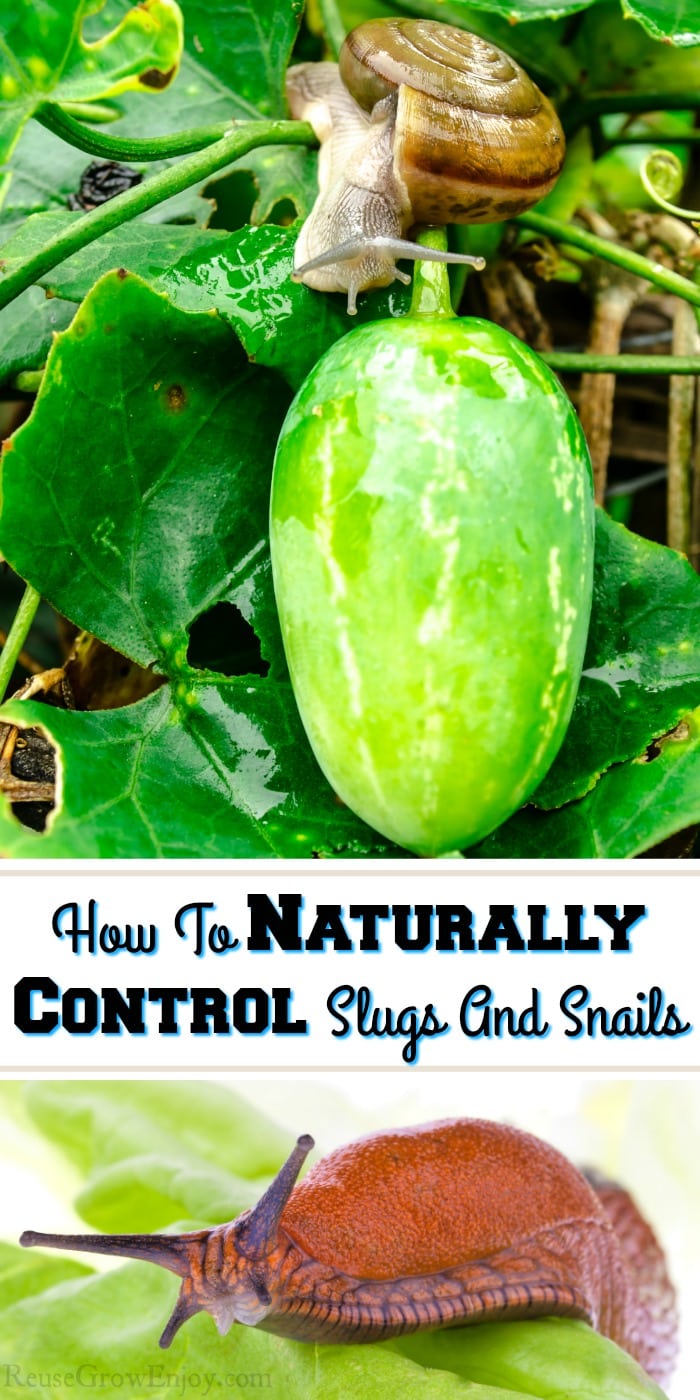Why Slugs and Snails are a Threat to Your Garden
Slugs and snails are notorious pests that can wreak havoc on gardens, causing significant damage to plants and crops. These pests have a voracious appetite, feeding on a wide range of plants, including leaves, stems, flowers, and fruits. They are particularly attracted to plants with soft, succulent leaves, such as hostas, daylilies, and marigolds. The damage caused by slugs and snails can be devastating, resulting in holes, tears, and discoloration on plant leaves, which can ultimately lead to plant death. Furthermore, slugs and snails can also spread disease and attract other pests, further exacerbating the problem. To effectively protect your garden from these pests, it’s essential to learn how to repel slugs and snails from garden areas. By understanding the extent of the damage they can cause, you can take proactive steps to prevent infestations and safeguard your garden’s health.
Understanding Slug and Snail Behavior: Key to Effective Repellents
To effectively repel slugs and snails from your garden, it’s essential to understand their behavior, habits, and habitats. Slugs and snails are nocturnal creatures, meaning they are most active at night, and they thrive in cool, moist environments. They have a unique feeding pattern, using their radula (a tooth-like structure) to scrape up plant tissue. Slugs and snails are also prolific breeders, with some species capable of producing up to 500 eggs per year. By understanding these habits, you can tailor your repellent strategies to target their specific needs and preferences. For example, by creating a dry, well-ventilated environment, you can make your garden less appealing to slugs and snails. Similarly, by using plants that repel them, such as marigolds and chives, you can create a barrier that prevents them from entering your garden. By learning how to repel slugs and snails from garden areas, you can take a proactive approach to protecting your plants and preventing infestations.
How to Repel Slugs and Snails Using Natural Methods
One of the most effective ways to repel slugs and snails from your garden is by using natural methods. These methods are not only environmentally friendly but also provide a long-term solution to slug and snail infestations. One popular natural method is the use of copper barriers. Copper reacts with the slug’s slime, causing them discomfort and deterring them from crossing the barrier. Another natural method is the use of crushed eggshells, which are sharp and uncomfortable for slugs and snails to crawl over. Certain plants, such as marigolds and chives, also have natural properties that repel slugs and snails. By incorporating these plants into your garden, you can create a natural barrier that prevents slugs and snails from entering. Additionally, using natural mulches like straw or wood chips can help to repel slugs and snails by making it difficult for them to move through the garden. By learning how to repel slugs and snails from garden areas using natural methods, you can create a safe and healthy environment for your plants to thrive.
The Power of Companion Planting: Repelling Slugs and Snails with Herbs
Companion planting is a simple yet effective way to repel slugs and snails from your garden. By planting certain herbs alongside your vegetables and flowers, you can create a natural barrier that deters slugs and snails. Herbs like mint, basil, and lemongrass are known to repel slugs and snails, and can be easily incorporated into your garden design. For example, planting mint around the perimeter of your garden can help to deter slugs and snails from entering. Similarly, basil can be planted alongside tomatoes and other vegetables to protect them from slug and snail damage. The key to successful companion planting is to choose herbs that are compatible with your existing plants and to plant them in a way that creates a natural barrier. By learning how to repel slugs and snails from garden areas using companion planting, you can create a healthy and balanced ecosystem that promotes plant growth and reduces pest damage.
Using Traps and Barriers to Keep Slugs and Snails at Bay
Traps and barriers are another effective way to repel slugs and snails from your garden. Beer traps, for example, are a popular method for controlling slug populations. By placing a shallow container filled with beer near affected plants, slugs are attracted to the yeast and drown in the liquid. Sticky traps, on the other hand, use a non-toxic adhesive to trap slugs and snails, which can then be disposed of. Physical barriers, such as copper tape and crushed gravel, can also be used to deter slugs and snails. Copper tape, in particular, is an effective barrier as it reacts with the slug’s slime, causing them discomfort and deterring them from crossing. Crushed gravel, meanwhile, makes it difficult for slugs and snails to move through the garden. By learning how to repel slugs and snails from garden areas using traps and barriers, you can create a safe and healthy environment for your plants to thrive. Additionally, combining traps and barriers with other methods, such as natural repellents and companion planting, can provide a comprehensive approach to slug and snail control.
Organic and Chemical Controls: A Balanced Approach
While natural methods and traps can be effective in repelling slugs and snails, organic and chemical controls can provide an additional layer of protection for your garden. Iron phosphate baits, for example, are a popular organic control method that can be used to kill slugs and snails. These baits are toxic to slugs and snails, but are safe for pets and wildlife. Metaldehyde-based products, on the other hand, are a chemical control method that can be used to repel and kill slugs and snails. However, it’s essential to use these products responsibly and follow the instructions carefully to avoid harming other animals and the environment. When using organic and chemical controls, it’s crucial to remember that they should be used in conjunction with other methods, such as natural repellents and traps, to create a comprehensive approach to slug and snail control. By learning how to repel slugs and snails from garden areas using a balanced approach, you can create a safe and healthy environment for your plants to thrive.
Creating a Slug- and Snail-Free Zone: Tips for Garden Design
When it comes to repelling slugs and snails, garden design can play a crucial role. By incorporating certain design elements, you can create a garden that is less appealing to these pests. One effective way to do this is by using raised beds, which can help to reduce the likelihood of slugs and snails inhabiting the area. Mulch can also be used to deter slugs and snails, as it makes it difficult for them to move through the garden. Certain types of ground cover, such as gravel or wood chips, can also be used to create a barrier between the soil and the plants, making it harder for slugs and snails to reach them. Additionally, incorporating plants that are naturally resistant to slugs and snails, such as those with thick leaves or stems, can help to create a more balanced ecosystem. By learning how to repel slugs and snails from garden areas through effective garden design, you can create a safe and healthy environment for your plants to thrive. By incorporating these design elements into your garden, you can reduce the risk of infestation and create a more sustainable and balanced ecosystem.
Long-Term Slug and Snail Control: A Holistic Approach
While individual methods can be effective in repelling slugs and snails, a holistic approach is essential for long-term control. This involves combining multiple methods, including natural repellents, traps, barriers, and organic and chemical controls. By using a combination of these methods, gardeners can create a multi-layered defense system that targets slugs and snails at different stages of their life cycle. Ongoing monitoring and maintenance are also crucial, as slugs and snails can quickly adapt to single methods of control. Regularly inspecting the garden for signs of infestation, removing hiding places, and maintaining a clean and tidy garden can help to prevent re-infestation. Additionally, incorporating beneficial insects, such as ground beetles and toads, into the garden ecosystem can help to naturally control slug and snail populations. By adopting a holistic approach to slug and snail control, gardeners can learn how to repel slugs and snails from garden areas effectively and sustainably, creating a balanced and thriving ecosystem.







